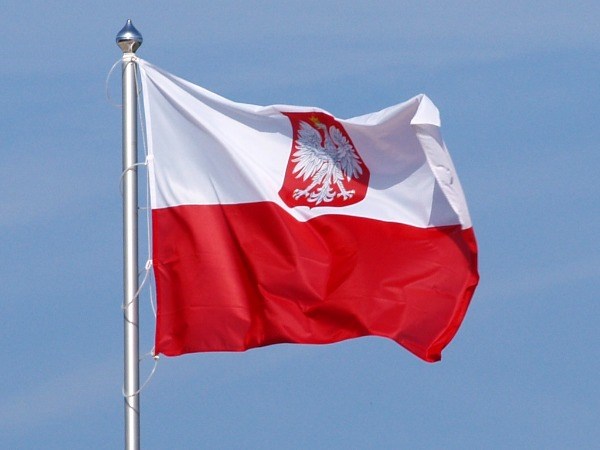Expert: Poland foiled Russia’s plans in Baltic Sea
A Polish anti-ship coastal defense missile division has “buried once and for all” Russia’s hopes of controlling the maritime transport routes in the Baltic Sea. In an article for Defence24, Polish military expert Maksymilian Dura explained why he believes that Poland is the only regional power capable of influencing the development strategy of Russia’s Baltic Fleet.
“The most notable reaction of the Baltic Fleet was caused by the appearance of Polish NSM anti-ship missiles… which are capable of destroying targets at a distance of up to 220 km and blocking Russia’s civilian shipping in the Baltic Sea,” the article states.
Dura observes that the NSM missiles have “buried the Russians’ hopes” of controlling the sea routes. Russia has taken into consideration Poland’s weapons, and as a result “the Russian staff officers are not planning any lengthy military operations in the Baltic”.
However, the expert does not believe that the Polish Navy’s acquisition of Gawron-class corvettes and Miecznik-class coastal defense boats has had any affect on Russia’s actions. In fact, Dura is of the opinion that if Poland acquires frigates, this could play into Russia’s hands. The Russian military could use cruise missiles to destroy these frigates, and there will not be enough of them to protect Poland’s maritime borders. Dura is convinced that Russia would need only three or four mobile launchers to compensate for Poland’s frigates.
However, the Orka-class submarines which Poland is likely to acquire could force the Baltic Fleet to rethink its position. The cruise missiles carried by these submarines can reach as far as Moscow, Dura notes, which is why he considers it pointless for Poland’s government to choose corvettes over submarines.
NATO is not so concerned by the Baltic Fleet as it is by the Russian garrison in Kaliningrad. A powerful Russian Naval group is stationed there, which includes project 21630 small artillery boats with ZR-14 vertical launch systems capable of accommodating up to eight Kalibr cruise missiles.
There is a wide variety of other military vessels which could be used by the naval anti-submarine and anti-air defense, including destroyers, guard ships, corvettes and missile cruisers.
NATO member states such as Germany take seriously the possibility of an armed conflict arising in the Baltic Sea. This is evidenced by the fact that at the start of January 2019, the German Navy appointed the first officers to lead multinational naval forces in the Baltic Sea.
In July 2018, Magnus Nordenman, an expert from NATO’s Atlantic Council, called the Baltic Sea a “key friction zone” between Russia and the North Atlantic Alliance. He even said that it may be necessary to establish a full-fledged NATO Baltic Command in the future. The military official warned that the Baltic is not just the sea, but the entire region, including the land and airspace. “We have already done a lot to strengthen the defense and means of elimination in this region, but a lot must still be done in the coming months and years,” Nordenman observed.
Evgeny Buzhinsky, a retired Russian general, said previously that the weapons in Kaliningrad have remained from the Soviet period, when the region was not an exclave.
“The entire group that was there [at the time of the USSR] has remained. Nothing new has appeared. The same Iskanders are a rearmament of the missile brigade that has always existed. All of our missile brigades in Russian territory are being rearmed with Iskanders… It is the sovereign right of every state to determine such things,” the general emphasized.
